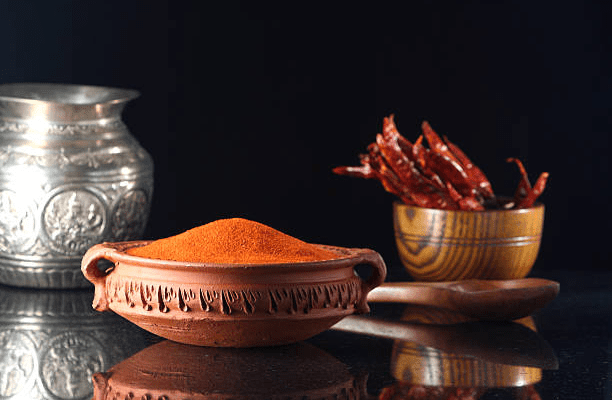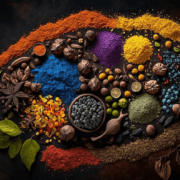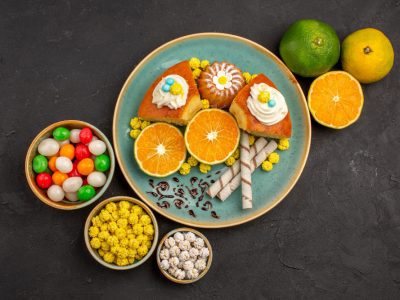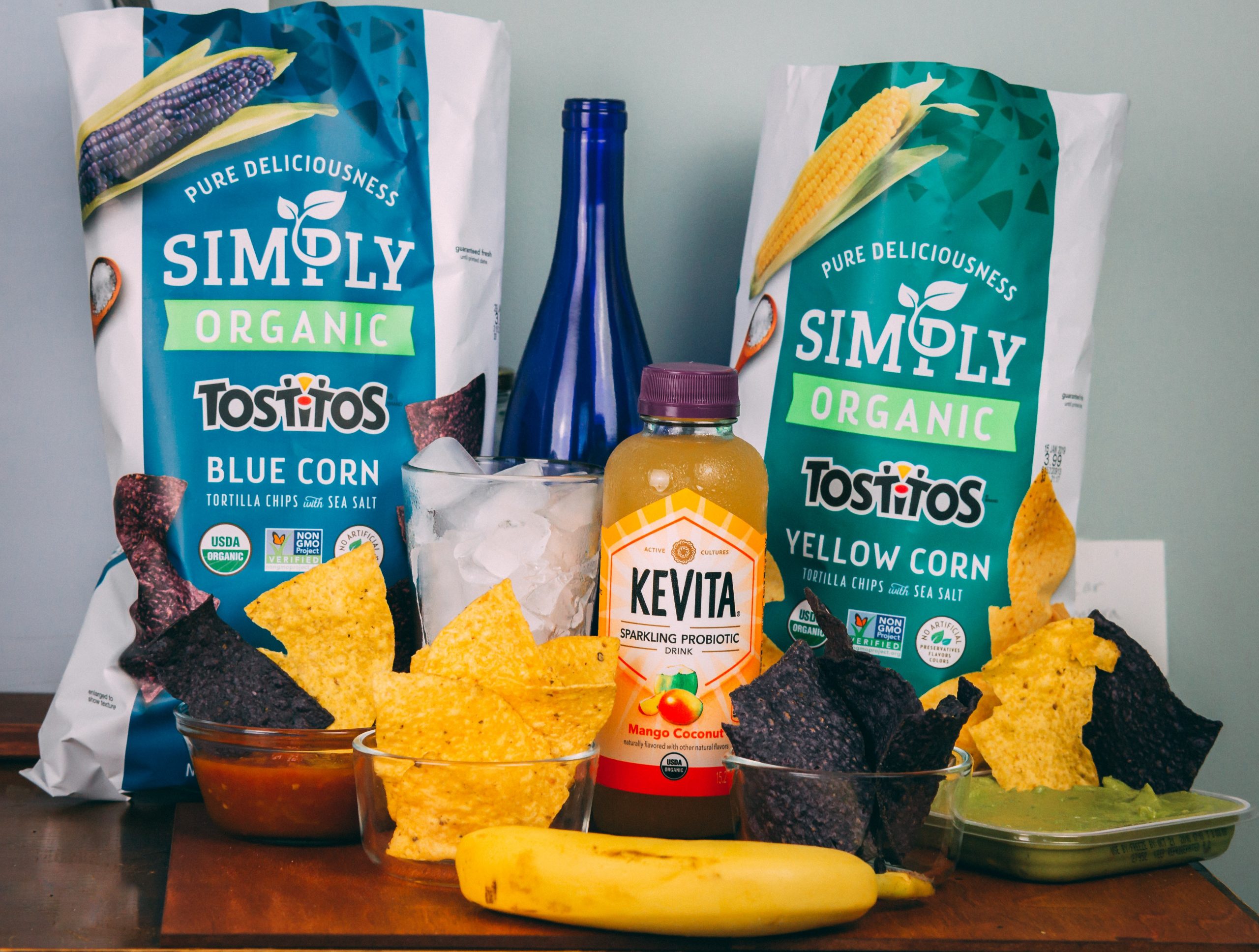This colonial influence on Indian food is a fascinating story of food fusion, which has shaped our vibrant and diverse culinary fabric. The influences from Portuguese inspired vindaloo to quintessential Anglo-Indian railway mutton curry show that the effect of colonialism on Indian cooking is deep-rooted and lasting. Let us take you through a gastronomic adventure to find out how centuries of foreign dominance have changed regional flavours of India.

A Potpourri of Tastes
India’s culinary map has always been an amalgam of tastes, but colonisation broadened it even further. The Portuguese, Dutch, French and British all had their part in reshaping Indian foods by introducing new ingredients, cooking techniques and dishes that are now essential components of what we consider “Indian Cuisine.”
The Connection with Portugal
Portuguese were among first European settlers in India; thus they had a major influence on Indian food particularly along coastal areas such as Goa. They came along with numerous items such as:
- Chillies,
- Irish potatoes,
- Red tomatoes,
- Anacardium occidentale or cashew nuts.
These have since become staple foods in every Indian home transforming local cuisines even as industries like confectionery thrive around these spices. As an example, Vindaloo which signifies one of the most popular Goan dishes is basically an indigenous product made from meat marinated in wine and garlic (vinho e alhos) during earlier times that transformed into a spicy dish today.
British Raj and Anglo-Indian Gastronomy
The time Britain governed India for almost two centuries completely reshaped eating habits there too. Some popular Anglo-Indian dishes are:
- Kedgeree – a breakfast dish made with rice, lentils, fish etc.
- Railway mutton curry – A spicy curry well known for train journeys
- Mulligatawny soup – a pepper-water soup with British and Tamil influences
- Pish pash – comforting rice and meat porridge.
There, the Indian taste buds crossed over to Britain in this process as well as vice-versa resulting in a dialectic culinary category.
Game Changer Ingredients
Colonialism brought various novel commodities to the country including India, which are nowadays considered indispensable for contemporary Indian cooking. These new products were:
- Tea: Tea cultivation introduced by the British transformed India’s beverage culture
- Coffee: Arab merchants initially brought it in and later embraced under colonial rule
- Bread: European bread became popular leading to uniquely Indian variations such as pav
- Custard powder: The basis of many well-loved Indian desserts.
These foods not only broadened Indian cuisine but also paved the way for novel cooking practices and food preparations.
Indian Restaurant Culture is Born
Modern Indian restaurant culture began during the colonial era; when restaurants adapted their menus to cater for English tastes. This trend eventually evolved into the curry houses that popularised Indian cuisine globally.
In Bangalore, traditional South Indian delicacies blend with an ambience and menu items from the colonial era at iconic establishments like Koshy’s and MTR (Mavalli Tiffin Rooms).
Conserving Tradition Amidst Fusion
However, it is important to note that while colonisation has defined much of India’s food culture, there still exists traditional Indian cuisines. Instead it has morphed culminating into a beautiful symphony of flavours that respect both tradition and modernity.
Anglo-Indian and colonial-inspired dishes have been revisited by many chefs in Bangalore and throughout India, who give them a modern twist but still maintaining their historical essence. Such culinary rebirth has ensured that food enthusiasts get to enjoy the best of both worlds – traditional Indian flavours and colonial influence on Indian food.
Discover the joy of Indian cuisine that was influenced by Colonialism

The impact of the colonisers on India’s food is huge, making its culinary landscape a melting pot of different tastes. On every street in Goa or at every corner in Bangalore, one can still see how history shaped tastes.
For those looking to try out these combination foods within the vicinity of Bangalore, look no further than the HOGR app. Download HOGR today so as to select among the top-notch establishments offering authentic Indian cuisine and colonial influence on Indian food mixed dishes. Our app contains personally designed lists which are matched to your taste desires hence you will never miss any exciting dining events going on within the city.
Allow HOGR to guide you as you navigate through Bangalore’s vibrant food scene towards understanding how colonialism influenced Indian cuisine. Start your journey into history by downloading this app now!
Also Read- Harmonizing Your Taste Buds: 5 Musical-Inspired Recipes for World Music Day















